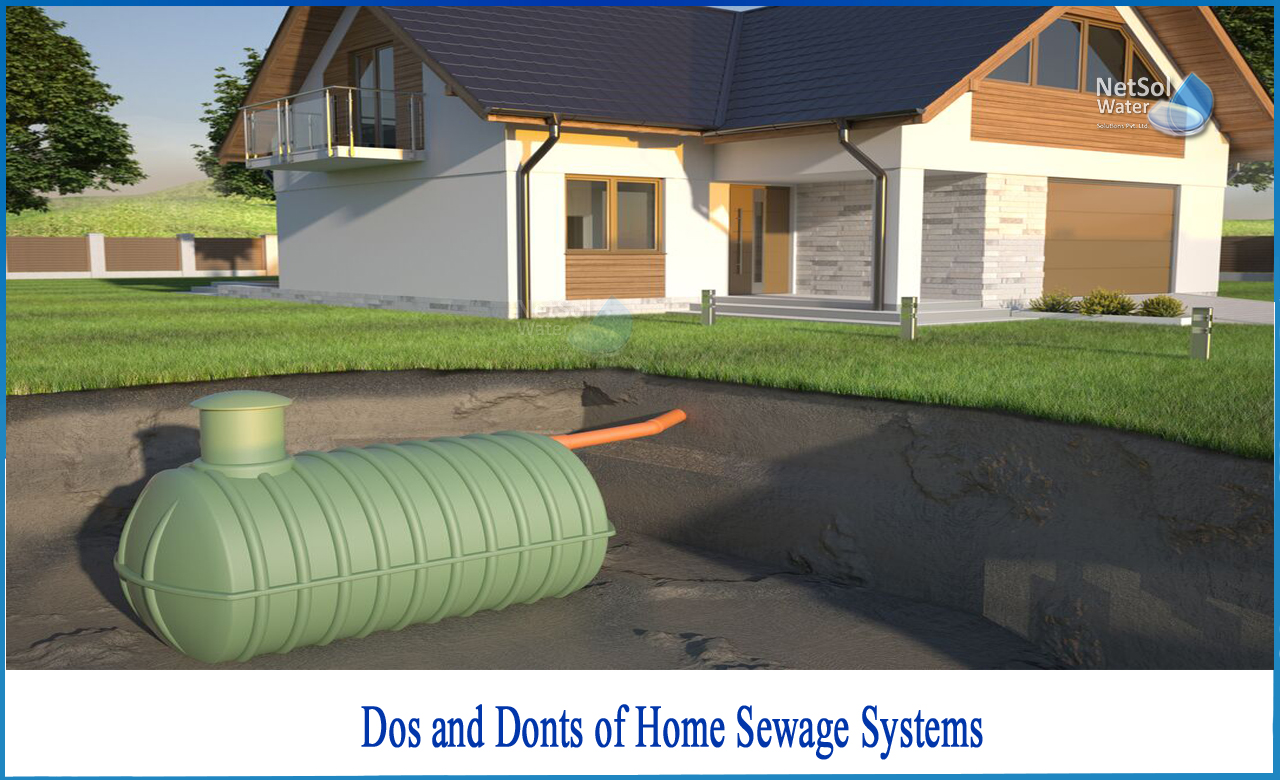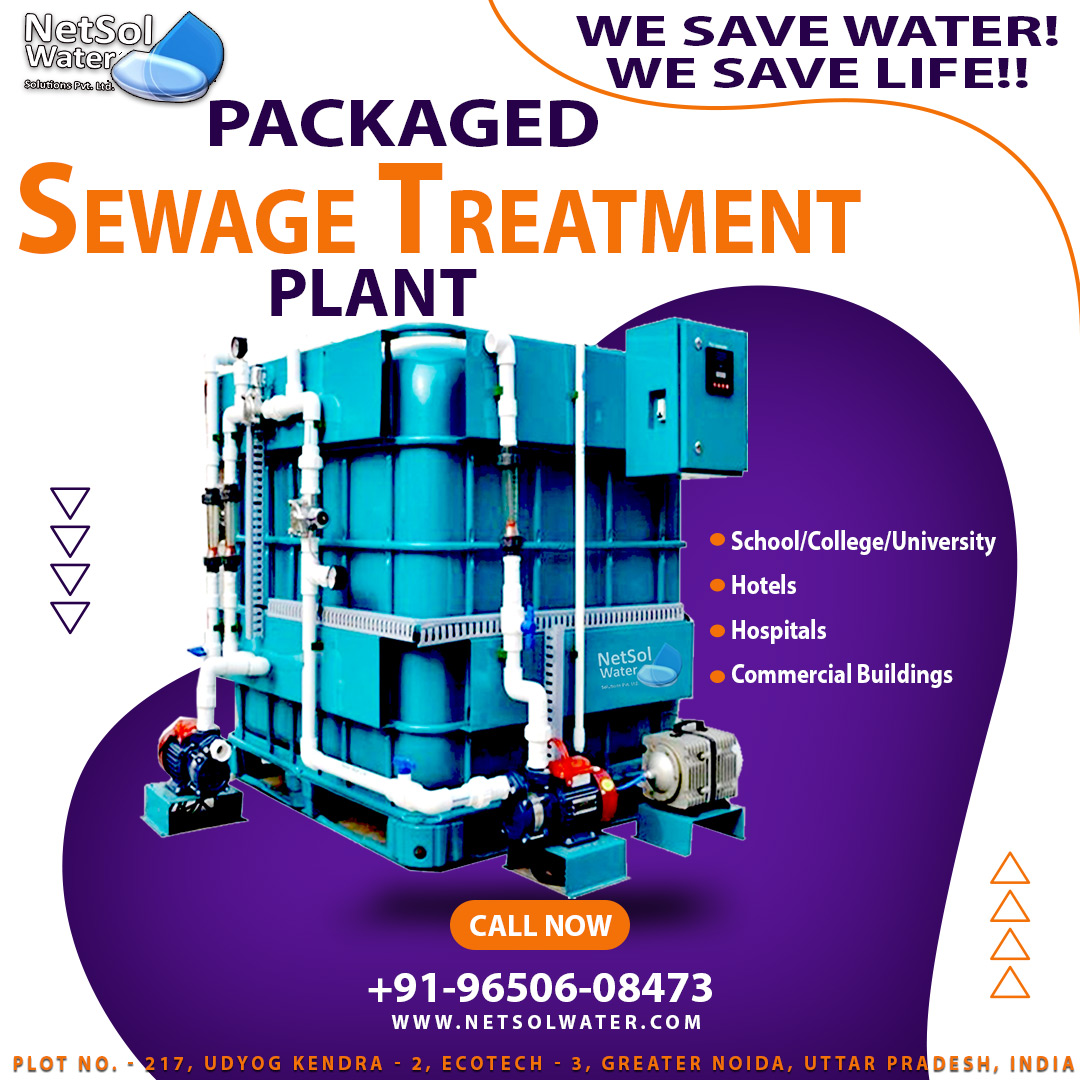What are the Dos and Donts of Home Sewage Systems?
Sewage treatment facilities filter and treat wastewater/sewage, converting it to a cleaner 'effluent' that can be returned to nature in a safer, more environmentally friendly state. These aid in restoring groundwater balance, prevention of diseases, and the reduction of environmental degradation and pollution.
The purified water in housing societies can be utilised for non-potable applications like gardening, car washing, building, irrigation, and toilet flushing.
Things that are strictly forbidden in home/residential sewage treatment plants
1: Disposable diapers, baby wipes, disposable sanitary wipes, plastic, sanitary napkins, scouring pads, contraceptives, mop strings, towels, lint, rags, etc.
2: Paints, thinners, chemicals, grease, solvents, and disinfectants will build up in your wastewater treatment plants, causing the restriction valve to malfunction. All of these items kill your plant's cleaning bacteria.
3: Backwashing the water softener drainage ditches, storm sewers, and downspout drainage systems are all accessible via this route.
4: Drain cleansers and toilet bowl freshener tabs will destroy the bacteria in your sewage system that are busily cleaning it.
Things to do for Sewage treatment plants in homes/residential areas
1: Locate your control panel and check for alarm conditions on a regular basis.
2: Keep track of when you pumped, inspected, and maintained your system.
3: Reduce the amount of water that enters your home sewage system by practising water conservation.
4: Follow the installation and assembly instructions for your sewage system.
5: Divert surface water and roof drains away from your sewage system.
6: In the case of a residence that is only infrequently occupied, the home sewage system should receive water on a regular basis.
7: Follow the Manufacturer’s sewage systems maintenance guidelines.
Maintenance of your STP
STPs with a low budget will need to be emptied and monitored frequently, but even a good one will need to be de-sludged and maintained at least once a year. To balance the internal and external pressures, it should be immediately replenished with water after desludging. Rainwater should never be allowed to enter the STP. It has the potential to wash microorganisms out and cause floods.
Benefits of home sewage treatment plants: The following are the top five primary benefits/advantages of a sewage treatment plant (STP)-
1: STP is a tried-and-true technology that delivers consistent results at all times.
2: Sewage treatment plants help to protect the environment from contamination.
3: STP meets the Government's pollution emission regulations and avoids hefty fines.
4:Plant installation is simple and easy, with minimal operating and maintenance costs.
5: Sewage treatment plant installation decreases the risk to public health and the environment.
Cost incurred in Netsol’s STP
The overall cost of owning and operating a sewage treatment plant for at least 20 years, includes purchase price, installation, maintenance, power, and spare parts.
The units can be installed overground or underground in as little as two days and come in capacities ranging from 2KLD to 100+ KLD.
For a small residential STP system, the Netsol Sewage Treatment Plant cost starts from around Rs. 2, 99,000/- INR.




